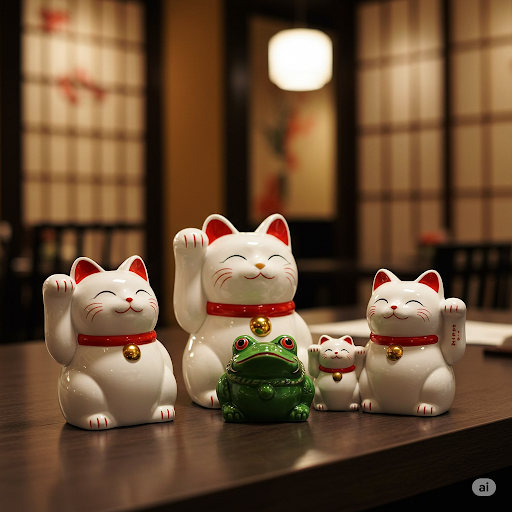
The Picky Purr-fectionists: Unpacking Why Cats Are So Finicky
Share
The Picky Purr-fectionists: Unpacking Why Cats Are So Finicky
Ever watched your cat turn up their nose at a freshly served meal, only to devour the very same food an hour later? Or witnessed them ignore a brand-new toy in favor of a crumpled receipt? Cats have earned a reputation for being finicky, particular, and sometimes, downright perplexing in their preferences. While it can be frustrating for us humans, there's often a logical, evolutionary, or behavioral reason behind their seemingly capricious ways.
Here's a listicle explaining why your feline friend might be a picky purr-fectionist:
1. The Instinct for Freshness and Safety:
- Wild Ancestry: In the wild, a cat's survival depended on consuming fresh prey. Stale or spoiled meat could lead to illness or death. This innate caution translates to a preference for fresh food, often rejected if it's been sitting out too long or has an unusual smell.
- Olfactory Sensitivity: Cats have a highly developed sense of smell. A scent that we might barely detect as "off" can be overwhelmingly strong and unappetizing to them.
2. A Matter of Texture and Temperature:
- Mouthfeel Matters: Cats are very sensitive to the texture of their food. Some prefer pâté, others chunks, and some only crunchy kibble. A sudden change in texture can lead to rejection, even if the flavor is similar.
- Warm is Best: Prey in the wild is warm. Cats often prefer their wet food to be at room temperature or slightly warmed, mimicking a fresh kill. Cold food straight from the fridge might be unappealing.
3. The Power of Early Experience (and Habits):
- Imprinting: A cat's preferences for food, litter, or even toys can be heavily influenced by what they were exposed to as kittens. If they grew up eating only one type of food, they might be reluctant to try new ones.
- Routine Reliance: Cats thrive on routine. Any sudden changes to their feeding schedule, bowl location, or even the type of bowl can cause stress and lead to them refusing food or acting out.
4. The "This Spot Isn't Right" Syndrome:
- Location, Location, Location: Cats are particular about where they eat, drink, and relieve themselves. They might refuse food if their bowl is too close to their litter box, in a high-traffic area, or next to a noisy appliance.
- Bowl Aversion: Some cats dislike plastic bowls due to potential odors, or because their sensitive whiskers touch the sides (known as "whisker fatigue"). Stainless steel or ceramic bowls are often preferred.
5. Stress, Illness, or Discomfort:
- Subtle Sickness: A sudden change in appetite or pickiness can be an early sign of an underlying health issue. Dental pain, nausea, or other discomforts can make eating less appealing.
- Environmental Stressors: Changes in the home (new pets, new people, moving furniture, loud noises) can make a cat feel insecure and lead to a temporary loss of appetite or increased choosiness.
6. Over-Availability and "Free Feeding" (Sometimes):
- Loss of Novelty: If food is always available, some cats might become less enthusiastic about eating it. The "hunt" for food, even if it's just from a puzzle feeder, can make it more appealing.
- Boredom: While less common, some cats might genuinely get "bored" with the same food day in and day out, particularly if it's not very palatable to begin with.
7. The "I Just Don't Like That" Factor:
- Individual Preferences: Ultimately, cats are individuals. Just like people, they have unique taste bud preferences. Some genuinely dislike certain flavors, ingredients, or even the smell of specific foods or products. You might simply have a cat who has very strong opinions!
While their finicky nature can test our patience, understanding the root causes allows us to respond with empathy and strategy. By providing variety, respecting their routines, ensuring fresh and appropriate resources, and monitoring their health, we can often help our picky purr-fectionists enjoy their lives (and their meals!) to the fullest.
